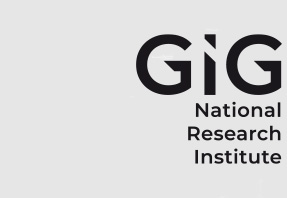A scalar-geometric approach for the probable estimation of the reserve of some Pb-Zn deposits in Ameri, southeastern Nigeria
Abstract
The Cretaceous sedimentary sequence of the Asu River Group in Ameri, southeastern Nigeria play host to lead-zinc ore deposits in irregular mineralized veins of non-uniform geometry. Two deposits (designated DEPOSIT A and DEPOSIT B) were economically assessed using an integrated approach. This was performed by employing a geometry-based classical scheme involving the mathematical relationship between the three cardinal variables of ore reserve estimation namely: surface area, thickness and density. Firstly, detailed and extensive geological mapping was carried out to establish the geological attribute of the mineral deposits. Since reserve estimation extends beyond exposed faces, spontaneous potential traverse, vertical electrical sounding and horizontal profiling, being orthogonal to the trend of the enclosing veins were used to characterize the existing sub-surface stratification and create forward models that revealed the concealed ore geometry (limiting depth, lateral extents and thickness variations). Subsequent to delineation, the depth to the top of the target ore lodes was obtained by implementing the Peter's half slope technique on self-potential curves. Thickness values of the ore bodies of interest were applied in three numerical classical integration techniques, i.e. Trapezoidal, Simpson's and Simpson's third-eight rule, for volume estimation. To overcome the non-uniqueness problem of DC resistivity data interpretation, the available drilling data was applied. Samples retrieved from each lode were subjected to mass and volume analysis using the CS200 electronic balance and water displacement technique, to determine the average density of each lode. Results from 2D subsurface resistivity sections showed the lead-zinc deposits as zones of low resistivity in a background of high resistivity. The 1D stratigraphic models reveal a mean thickness estimate of 11.85 m and 10.50 m for DEPOSITs' A and B, respectively. Sample densities correlate well with the average density of pure galena. Applying the scalar-geometric rule, a combined estimate of 10,778.95tonnes was obtained, representing a relatively economically viable quantity worthy of medium scale extraction.
Recommended Citation
Arinze, Innocent J.; Emedo, Chidubem O.; and Ugbor, Charles C.
(2019)
"A scalar-geometric approach for the probable estimation of the reserve of some Pb-Zn deposits in Ameri, southeastern Nigeria,"
Journal of Sustainable Mining: Vol. 18
:
Iss.
4
, Article 6.
Available at: https://doi.org/10.46873/2300-3960.1108
Creative Commons License

This work is licensed under a Creative Commons Attribution 4.0 License.

